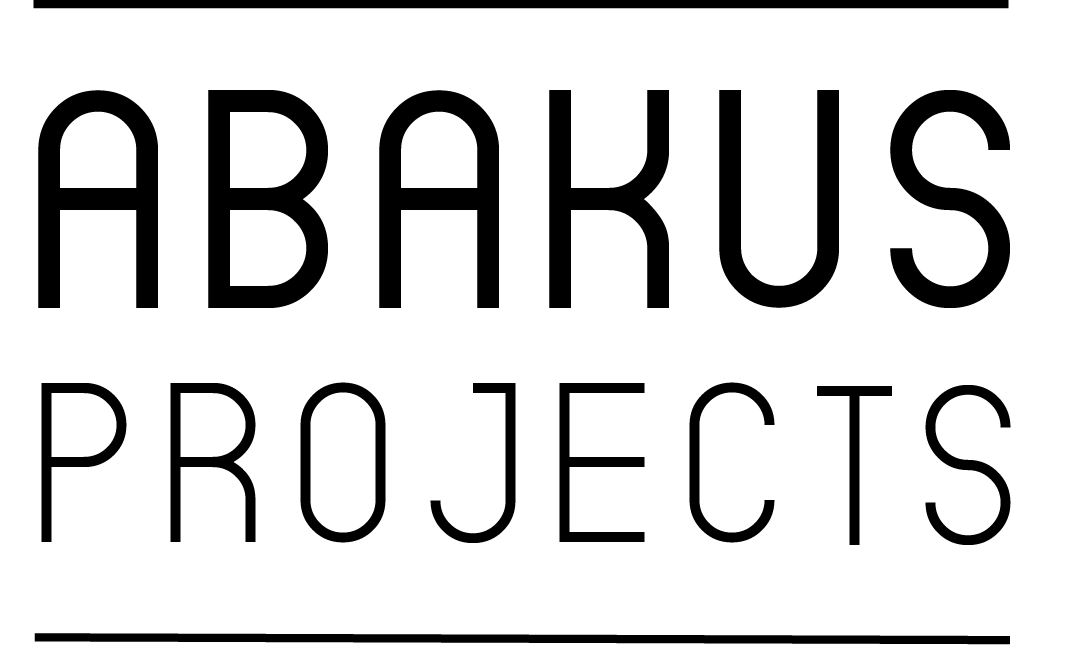MIKE MANDEL
Making Good Time 1989
Friday, September 8 - Sunday, October 1, 2023
Opening reception: Friday, September 8, 6 - 8:30pm
Installation view
In the mid-1980s Mike Mandel stumbled upon a pair of photographs in a high school home economics textbook entitled Food Fundamentals. The photos claim to demonstrate how much more ecient it is to prepare a dinner from frozen pre-cooked foods, in contrast to making a meal from scratch. A photographer made a time/motion study of each, with lights attached to the cook's wrist. The comparison of the light trails proves the point. The inherent absurdity of that set of images got Mandel started on Making Good Time.
Subsequently, he discovered the stereographic imagery of efficiency studies created by Frank and Lillian Gilbreth, and he began to photograph his own time/motion studies of everyday life that resulted in the book Making Good Time, self-published in 1989.
In the early years of the 20th century the Gilbreths competed with Frederick Winslow Taylor in the new field of Scientific Management to study the work methods of laborers in the newly created factories to save time and increase production for their clients. Later, Frank and Lillian and their twelve children became America’s favorite family after a series of books were published about their efficiency-conscious household in the 1950s. The movie, Cheaper By the Dozen, 1950, celebrated their obsessive efficiency as a situation comedy, but few people are familiar with the Gilbreths' contribution to the history of photography that uniquely changed how workers were managed by their employers. The Gilbreths employed small, strobing lights that they attached to a worker's wrists to measure the “one best way” to do work. They made time exposures of factory workers, typists, soldiers, and surgeons.
They naively believed that their photography would reduce fatigue on the job and that the worker would share in the benefits of increased production. In Making Good Time Mandel responds with his own time/motion studies. In both sets of work, bodies disappear into blinks of electricity; faces blur like ghosts; clocks and grids determine time and position.
Mandel states, "In my own time/motion photographs I turn the Gilbreths upside down. I want to find the “one best way” for the worst of reasons - to analyze motions that have never been measured and don’t need to be. I want to completely reevaluate day-to-day life, distorting the Gilbreth imperative to suit my needs: More waste = more fun."
MIKE MANDEL, Watching TV (from the series Making Good Time), 1987
30 x 40 inches | 76.2 x 101.6 cm.
Vintage Cibachrome print
MIKE MANDEL, In Phone Booth (from the series Making Good Time), 1986
16 x 20 inches | 40.64 x 50.8 cm.
Vintage Cibachrome print
MIKE MANDEL, Disk Drive Assembly (from the series Making Good Time), 1985
20 x 24 inches | 50.8 x 60.96 cm.
Vintage Cibachrome print
Installation view
MIKE MANDEL, Robot Lights Chanukah Candles (from the series Making Good Time), 1985
20 x 24 inches | 50.8 x 60.96 cm.
Vintage Cibachrome print
MIKE MANDEL, Having a Talk (from the series Making Good Time), 1987
20 x 24 inches | 50.8 x 60.96 cm.
Vintage Cibachrome print
Installation view
MIKE MANDEL, Robot Learns to Draw the Chrysler Logo (from the series Making Good Time), 1985
20 x 24 inches | 50.8 x 60.96 cm.
Vintage Cibachrome print
MIKE MANDEL, Stacking Pampers (from the series Making Good Time), 1985
16 x 20 inches | 40.64 x 50.8 cm.
Vintage Cibachrome print
Installation view
MIKE MANDEL, Packing Plums (from the series Making Good Time), 1986
16 x 20 inches | 40.64 x 50.8 cm.
Vintage Cibachrome print
Installation view
